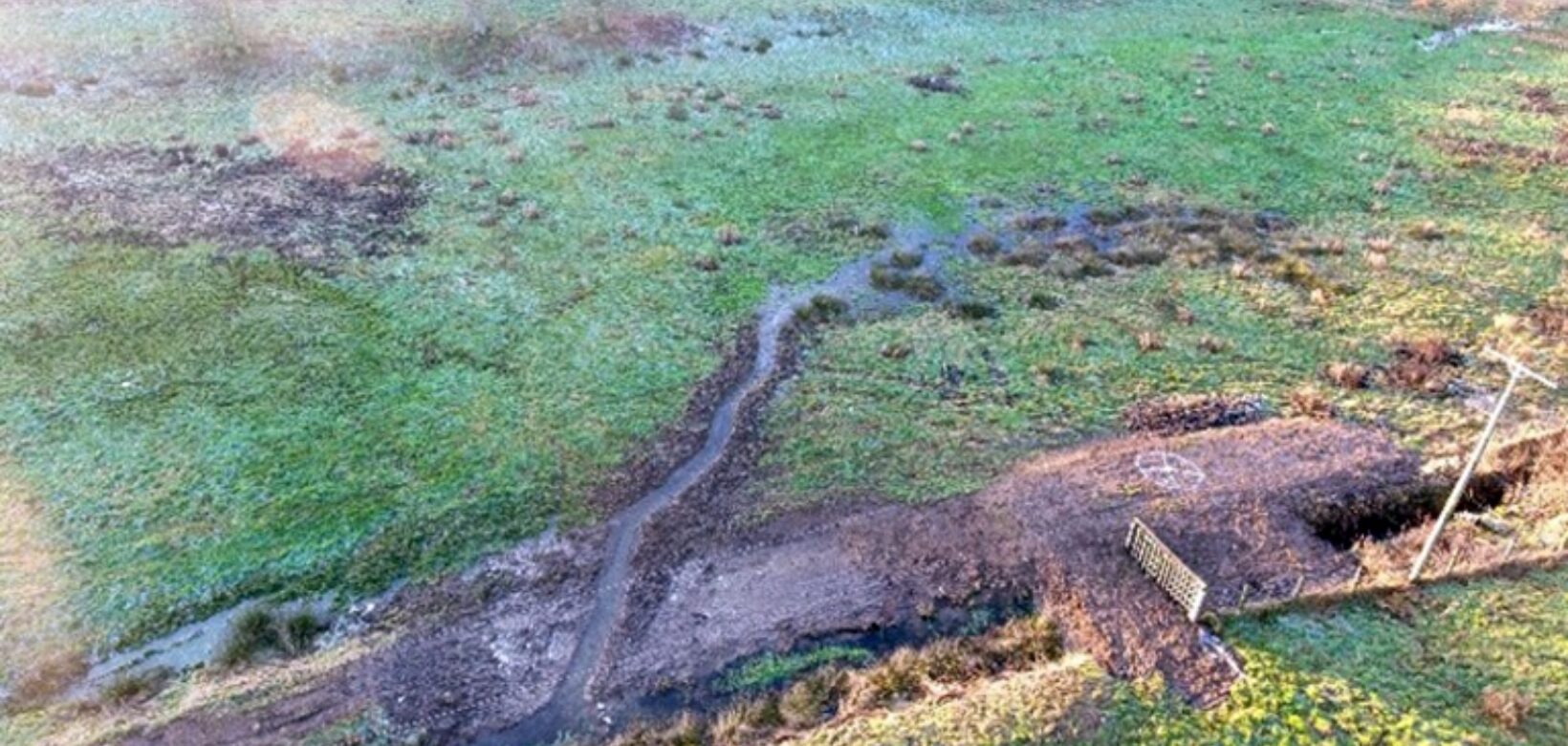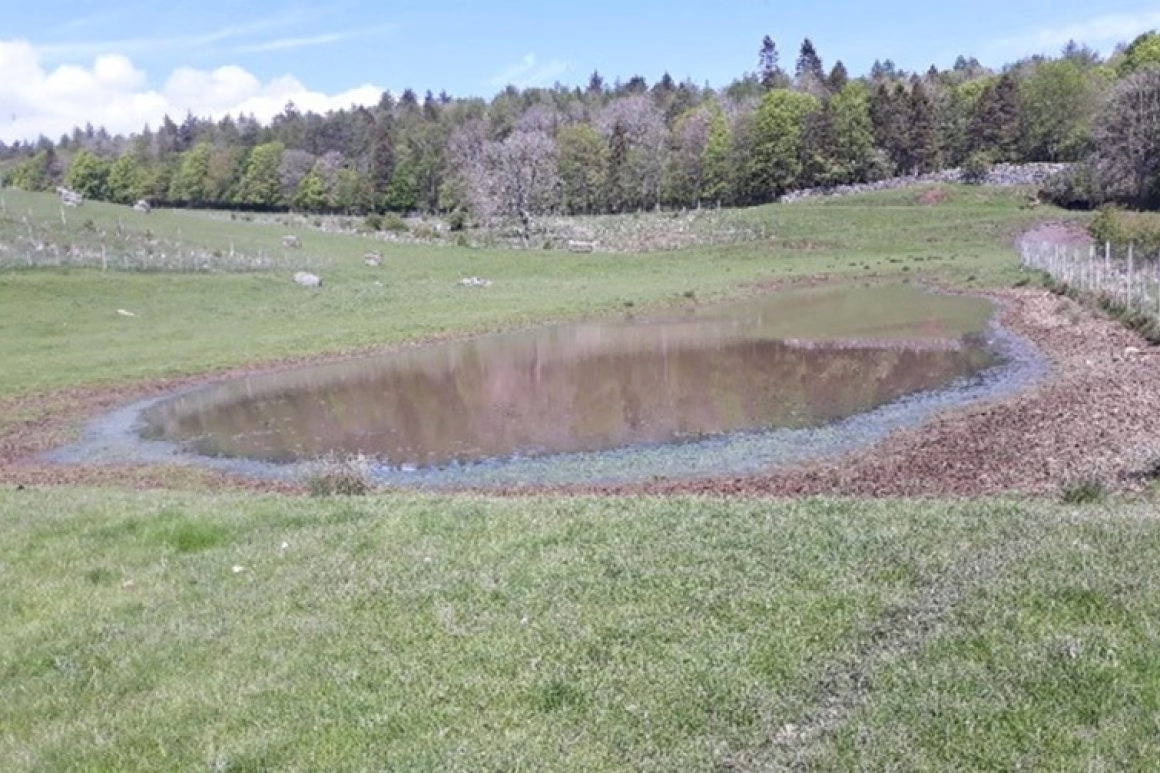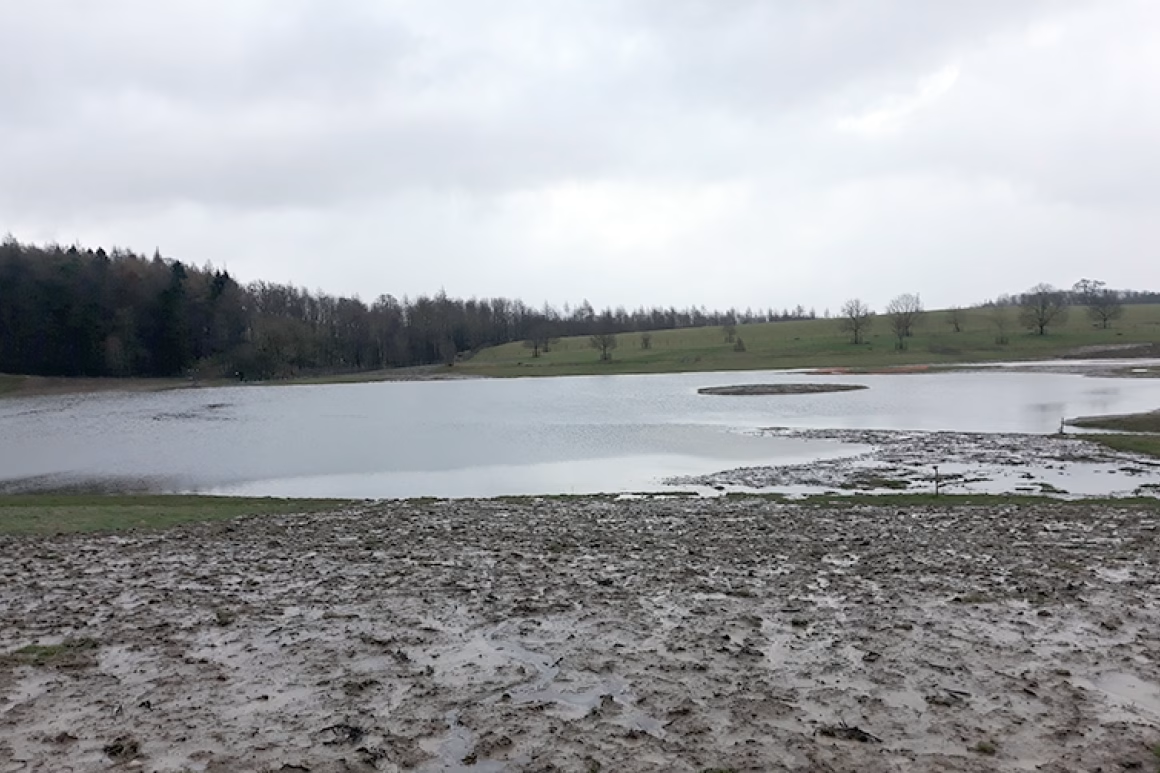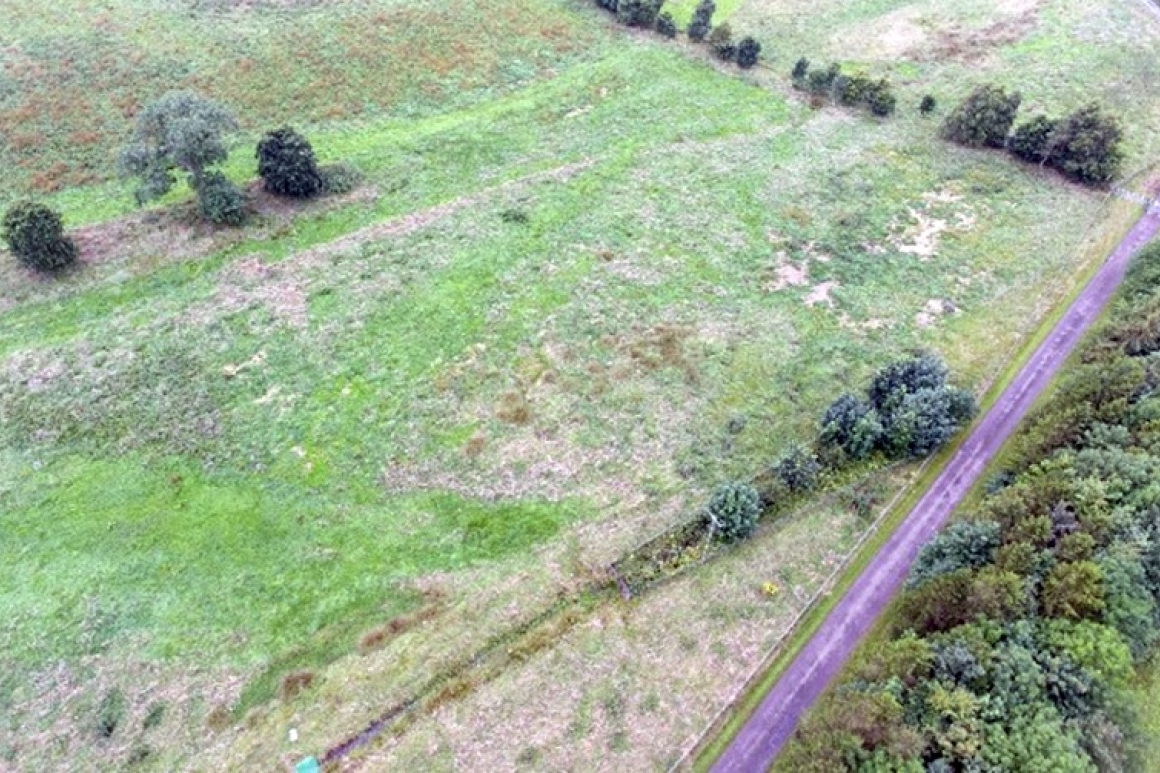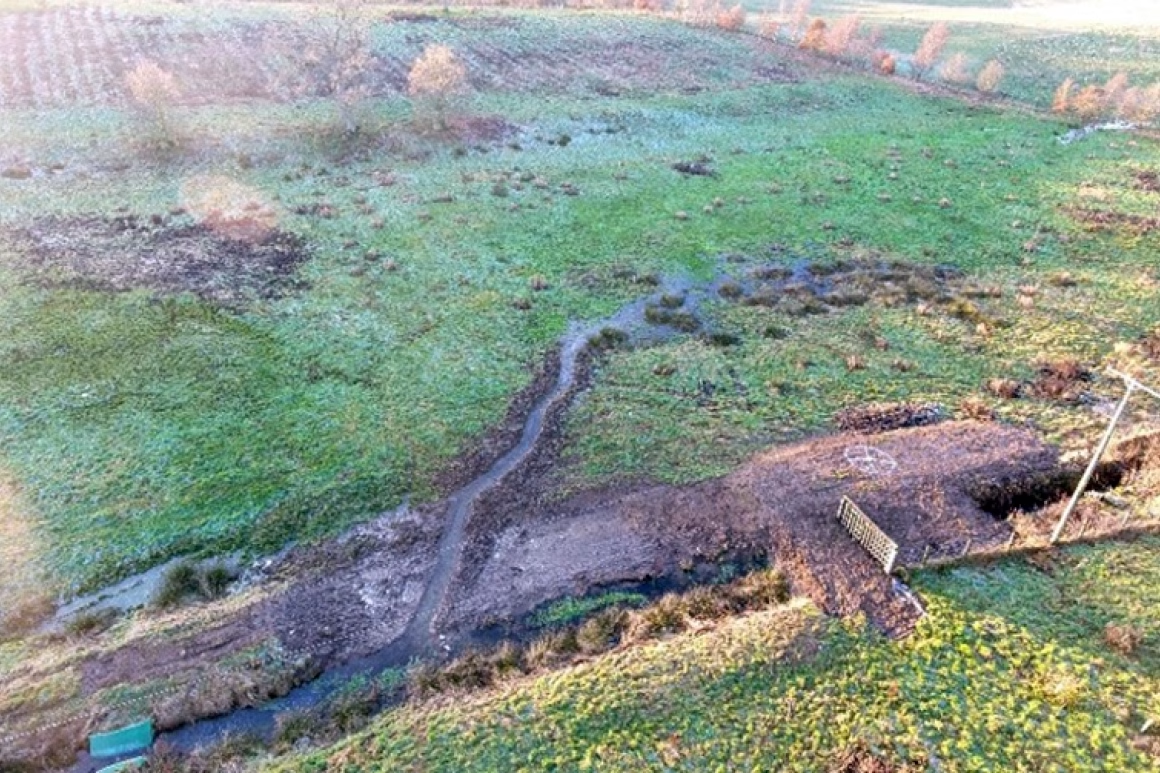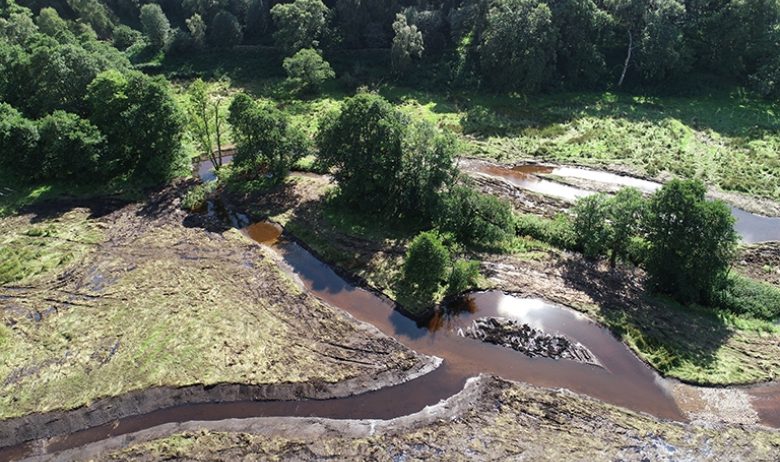We were granted funding in 2017 to develop a river restoration project on the Bessy Gill near Thrimby Cottages as part of the Cumbria River Restoration Strategy (RRS), led by the Environment Agency.
The plan was to return the river to its original floodplain, improve over 1km of river habitat and restore 23ha of floodplain habitat. Also included was the creation of a 1.6ha flood storage area/large pond.
This would be one of the first restoration projects in the UK that would take a ‘stage zero’ approach to restoring natural river processes.
